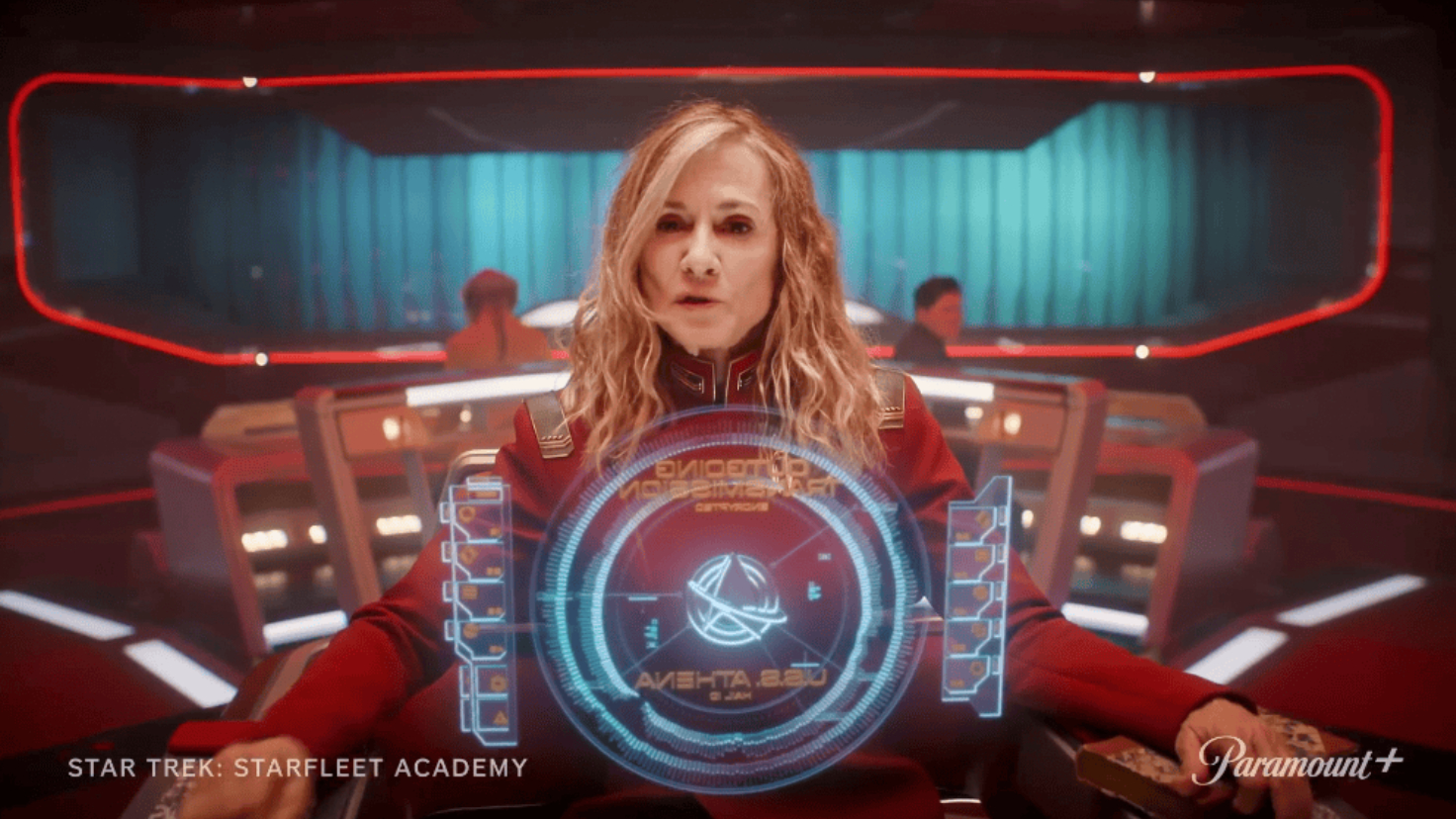Boeing's Starliner tests thrusters at ISS as NASA reviews options for astronauts' return to Earth
Crew Flight Test and its NASA astronauts have spent more than 50 days in space ISS after helium leaks and thruster issues.

The first Boeing Starliner to fly astronauts to space performed a crucial in-space test Saturday (July 27) as the next mission faces a months-long delay.
Engineers tested Starliner's reaction control system (RCS) thrusters to prepare for a wider agency review that will evaluate the spacecraft's readiness for landing NASA astronauts Butch Wilmore and Suni Williams sometime in August, if all goes to plan.
"Teams will evaluate the results of the test firings over the next few days as they work through overall studies, ahead of an agency readiness review," NASA officials wrote in a statement on X, formerly Twitter, on Saturday.
Starliner faced issues during the debut astronaut docking with the International Space Station (ISS) on June 6. While it eventually made it, helium leaks and issues with five thrusters delayed the event. Starliner is rated to leave the ISS in case of emergency, but before astronauts attempt a nominal departure, engineers are trying to understand why those issues happened.
Figuring out what happened is key to the readiness of the next mission, Starliner-1, which is supposed to spend six months on the ISS in 2025. On Friday (July 28), NASA announced a delay of that mission to August 2025, past an initial expectation of early winter.
Related: 50 days after launch to ISS, Boeing Starliner astronauts still have no landing date
NASA and Boeing have not yet identified how they will fix Starliner's issues, whether by design or by changing the way astronauts in the future fire thrusters, officials told reporters on Thursday (July 27). But in the meantime, Starliner-1 will delay to allow "a little bit more time for Starliner to complete the mods from the new tests," NASA's Steve Stich told reporters. Stich is NASA's commercial crew program manager.
Breaking space news, the latest updates on rocket launches, skywatching events and more!
Starliner's current space mission, known as Crew Flight Test (CFT), was at first expected to last 10 days. It is now at nearly 55 days in space, with the astronauts living off a reserve of supplies on ISS already there for the unexpected. The mission is developmental and as such, there was uncertainty with the timeline, NASA and Boeing both stressed before the mission.
In a blog post, Boeing officials stated the new RCS test was performed to "confirm the performance of each thruster" in brief bursts, as long as 1.2 seconds each. (The RCS has 28 thrusters, but engineers removed one thruster from testing weeks ago as they deemed it unable to fire properly for the return to Earth.) Each tested thruster showed peak thrust ranging from 97 percent to 102 percent.
"The helium system also remained stable," Boeing officials wrote. Wilmore and Williams did not directly fire the thrusters, but remained on board Starliner and reported what they were seeing to the ground. (The duo are both former U.S. Navy test pilots and have years of experience in developmental aerospace programs.)
Ground testing on a thruster this month uncovered why CFT's RCS had issues: If fired repeatedly, especially in conjunction with the orbital maneuvering and control system (OMAC) thrusters, the "doghouses" or insulated bays sheltering groups of RCS thrusters tend to heat up, leading to thrusters shedding Teflon insulation from their seals. NASA and Boeing also said this issue could not have been uncovered on the ground, ahead of flying CFT.
Starliner is one of two systems funded by NASA to send astronauts to the ISS. The other is Crew Dragon, built by SpaceX. Crew Dragon first flew a crewed test in 2020, using a design based on SpaceX's Cargo Dragon ISS vehicle. After the test, Crew Dragon has completed 11 ISS missions: 8 half-year missions on behalf of NASA and 3 weeks-longs missions on behalf of Axiom Space.
Crew-9, the ninth operational ISS mission by SpaceX, is slated to lift off no earlier than Aug. 18 and Starliner should be home by then, NASA has said.

Elizabeth Howell (she/her), Ph.D., was a staff writer in the spaceflight channel between 2022 and 2024 specializing in Canadian space news. She was contributing writer for Space.com for 10 years from 2012 to 2024. Elizabeth's reporting includes multiple exclusives with the White House, leading world coverage about a lost-and-found space tomato on the International Space Station, witnessing five human spaceflight launches on two continents, flying parabolic, working inside a spacesuit, and participating in a simulated Mars mission. Her latest book, "Why Am I Taller?" (ECW Press, 2022) is co-written with astronaut Dave Williams.


